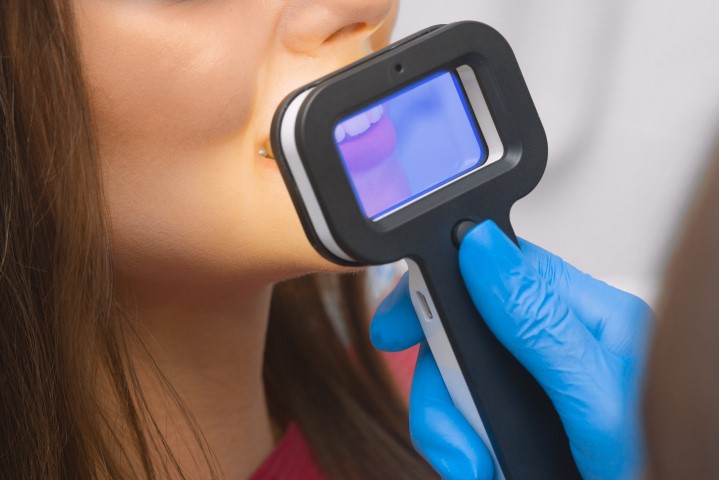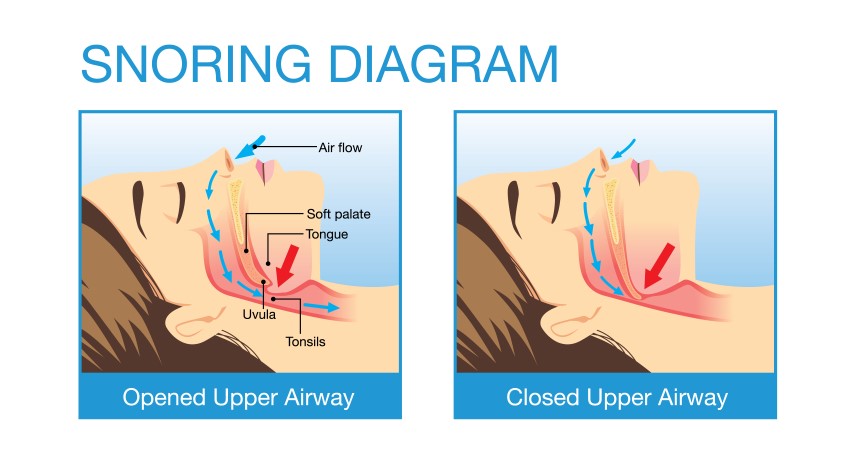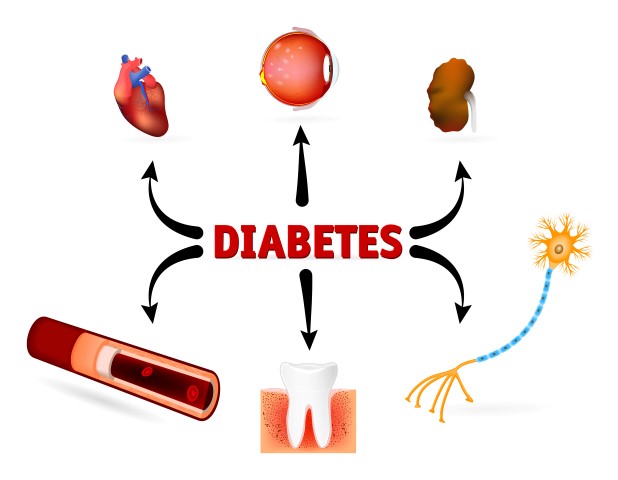Tooth whitening, sometimes called bleaching, doesn’t actually use bleach – it uses hydrogen peroxide. It’s a common dental treatment and is safe to use so long as guidelines are followed.
Tooth Discoloration
Tooth discoloration is a natural process that gradually occurs over time on the outside (external or extrinsic) or inside (internal or intrinsic) of your teeth. Smoking, coffee and tea can cause external discoloration. It can be managed with good oral hygiene routines but are best removed by a dental professional, using special instruments and polish paste. Believe it or not, a simple teeth cleaning appointment can whiten your teeth a shade or more!
Internal discoloration typically is a result of the natural thickening of the dentin (i.e. your internal tooth structure), which is yellow, combined with the thinning of your tooth’s enamel through normal wear.
Methods of Whitening
There is no end to the constant stream of products that advertise whiter teeth: whitening toothpaste, mouthwashes, generic tray systems and whitening strips, to name just a few. Many of these contain a low concentration of hydrogen peroxide, or a precursor called carbamide peroxide, which breaks down into hydrogen peroxide over a few hours. These products usually work well on external stains, however, some whitening toothpaste may contain abrasive ingredients and should be avoided, since it can permanently damage your enamel.
1. At Home Whitening Trays: Impressions of your teeth are taken by your dentist and customized trays are made. You then apply whitening gel to the trays and wear them for a short period of time during the day or at night for a few days or more.
2. In-Office Laser Whitening: Whitener is applied and then a special light is shine on the gel to accelerate the whitening process. Results are incredible after just a single treatment.
3. Non-vital Whitening: Used on teeth with root canals which may have darkened to grey or black color. This form of whitening, whitens teeth from the inside out.
The dentist will help decide which treatment is best depending on individual preference and clinical examination.
Side-Effects of Whitening
Tooth sensitivity or sore gums is the most common side effect of teeth whitening. Sore gums are typically caused by an unfitted tray or whitening gel contacting the gums. While these effects do subside, you can use specialized toothpaste or gel to minimize sensitivity.
Results
You cannot whiten or change the color of tooth fillings, crowns, veneers, or anything other than a natural tooth. You should identify these before treatment, in order to avoid having different shades of teeth in your smile. Whitening results are temporary, since teeth will eventually acquire more stains over time. The results vary by individual, and depend on the level of discoloration as well as other factors.
Always consult a dental professional before starting teeth-whitening, regardless of the method. You must be healthy and free from caries (cavities) and periodontal disease (gum disease). Whitening treatment is not recommended during pregnancy or breastfeeding.
A whiter smile can improve confidence and encourage keeping up your oral hygiene routines after the whitening treatment has ended.
Common at Home Whitening Products
Check out our favorite teeth whitening products here.




